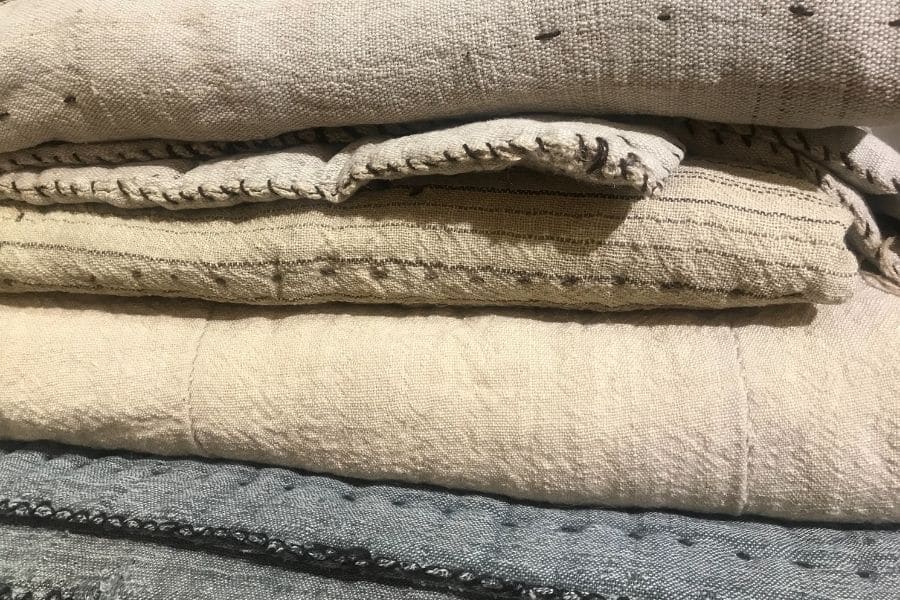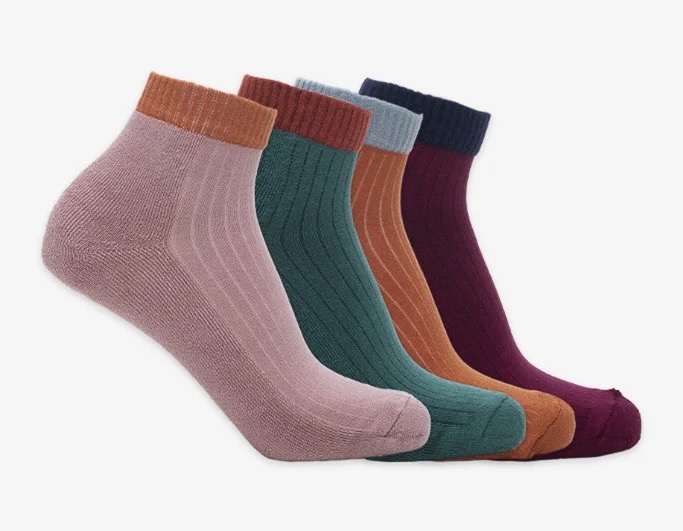Awesome Bamboo Clothing Blog
Wiki Article
What Makes Yak Wool Base Layers Effective For Winter Sports Apparel For Warmth/Temperature Control, Moisture Management, Durability And Comfort?
Base layers made of Yak merino are perfect for winter sportswear due to their mix of features that enhance warmth, temperature regulation and comfort.
Insulating Properties Merino and Yak wool are naturally insulating. Yak wool, with its hollow fibers traps air and provides great warmth. Merino Wool is also known for its excellent insulation.
Controls Body Temperature The fabric in combination regulates body's temperature, capturing heat when it is cold and allowing air to move through to ensure that you don't become overheated when doing vigorous activities.
Moisture Management-
Moisture-Wicking- Merino wool's properties to wick moisture remove moisture from your skin and disperse it, stopping sweat accumulation. Yak wool similarly helps move moisture around, keeping the wearer comfortable and dry during intense physical activity.
Comfort-
The softness Merino wool is soft, fine fibers. They are gentle and don't cause skin irritation. Yak wool is also a soft fiber that improves comfort.
Odor Resistant: Both contain antimicrobial properties that limit the growth of bacteria that cause unpleasant odors. They also keep the clothing fresh.
Durability-
Strength and Resilience: Yak wool is a very excellent level of durability. When it is combined with the resilience and strength of merino fibers, the fabric becomes robust and durable.
Natural Fiber Benefits-
Renewability: Yak and merino are both biodegradable and renewable fibers. They are also eco-friendly.
The natural properties of wool permit wool to adjust to varying conditions of weather and perform even in dry and damp environments.
The combination of yak and merino wool maximizes the benefits of each which results in a fabric which excels at giving warmth, controlling temperatures, managing humidity, providing comfort and is robust. This is what makes yak and Merino wool-based base layers suitable for winter sportswear. They are made to meet the requirements of outdoor activity in cold climates, and maintaining the wearer dry and warm. See the top read more here on merino wool base layer for blog info including merino long underwear, wool thermal base layer, smartwool long johns, merino wool long johns, smartwool 1 4 zip womens, sweaty betty base layers, base layer for warmth, heavyweight merino wool base layer, wicked wool base layer, spyder baselayer and more.

What Are The Advantages Of Bamboo Clothing In Terms Of Durability, Comfort And Sustainability? For Outdoor Winter Clothing?
The comfort, durability and security are just a few advantages of bamboo clothing to wear outdoors in winter.
Softness- Bamboo fabric is known for its softness and smooth texture, which makes it soft to the skin. Its luxurious feel is often similar to silk or cashmere.
Bamboo fibers are wicking moisture that means they draw moisture away from your skin, keeping your skin dry and comfortable.
Thermal Regulation- Bamboo clothing has natural temperature-regulating properties, providing warmth in winter while remaining breathable to prevent overheating.
Sustainability-
Bamboo is renewable and grows very quickly, without using pesticides. It is rapidly regenerated, which makes it a green choice for clothes materials.
Low Environmental Impact- Bamboo cultivation typically requires less water than traditional cotton farming, and does not diminish soil nutrients. Bamboo produces more oxygen and absorbs CO2 compared to other plants.
Protection for Outdoor Wear-
UV Protection – Bamboo fabric has natural UV-resistant properties, which provide protection from harmful UV Rays.
Bamboo has antibacterial characteristics. Bamboo contains "bamboo Kun," a natural agent that blocks the growth of bacteria responsible for odors. This makes clothing fresher for longer, especially when worn outdoors.
Other Benefits
Bamboo fibres are tough and durable. They are suitable for outdoor clothing that is susceptible to abuse.
Biodegradability. Bamboo clothing is biodegradable property, meaning that it can naturally decompose after the end of its life cycle.
The use of bamboo fabric in winter outdoor clothing gives you a mix of comfort as well as thermal regulation (regulating the body's temperature), moisture management and environmental sustainability. This makes it a very popular choice for environmentally friendly clothing. View the top bamboo clothing hints for more tips including bamboo polo shirts, cozy earth clothes, cozy earth clothes, yala pajamas, bamboo pants ladies, lisa frank bamboo pajamas, bamboo pants, angel dear bamboo pajamas, bamboo t shirts mens, men bamboo boxer shorts and more.

How Do Merino Layers And Bamboo Clothes Differ From Regular Wool?
Merino layers along with regular wool, and bamboo clothes are different in their characteristics.
Softness Merino wool is renowned for its soft and fine fibers, making it comfortable against your skin. It's less likely cause irritation or itching than traditional wool.
Merino has excellent moisture-wicking qualities. It draws moisture away from your skin, allowing it to evaporate, leaving you feeling dry and at ease.
Merino Wool is a fantastic insulation, and it offers warmth even when it is wet. It regulates body temperatures as it provides insulation and airflow to prevent overheating while exercising.
Odor resistance- It prevents the development of odor-causing bacteria and keeps garments fresh, even when used for long periods of time.
Bamboo Clothing-
Softness- Bamboo clothing's silky texture is often compared to silk or cashmere. It's gentle on the skin and offers an exquisite experience when wearing.
Moisture-Wicking Bamboo fabric has properties to wick moisture away that draw water away from the skin, ensuring that the wearer stays dry during physical activity.
Temperature Regulation- Bamboo clothing has natural temperature-regulating abilities, offering warmth in winter and breathability to prevent overheating.
Sustainable Bamboo- Bamboo is an extremely renewable resource that grows rapidly without the use of pesticides. Bamboo is biodegradable.
Regular Wool-
Texture- Traditional wool may vary in texture with some types being coarser and more prone to cause discomfort or itching.
Warmth - Regular wool is an excellent insulation and warmth however, it can appear heavy or bulky.
Moisture Absorption - Wool can absorb water, making it less effective at wicking moisture than bamboo and merino fabrics. Wool keeps its warmth even when damp.
Summary The softness of Merino Wool makes it odor and odor-resistant. It also has excellent moisture wicking. Bamboo clothing offers a soft feel, moisture-wicking capabilities, temperatures regulation, and sustainable. Wool is a different texture and may not possess the same properties for moisture wicking like merino or bamboo. However, it still provides warmth and insulation. Each one is distinctive and can be tailored to different winter clothing preferences. Take a look at the top bamboo winter clothings for blog advice including merino wool underwear womens, wool thermals womens, ski base layer womens, best mid layer skiing, merino wool thermals, hh lifa merino, smartwool classic thermal, best base layer for skiing, merino wool thermals women's, long johns for skiing and more.
